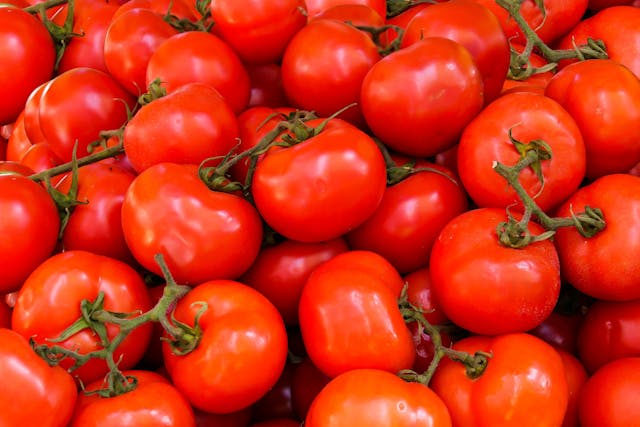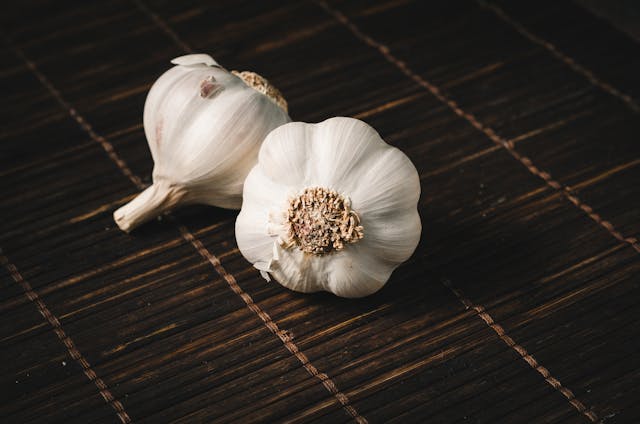Explore with us what is Arrabbiata sauce? We dive into the necessary ingredients and how to make the perfect Arrabbiata sauce.
Table of Content:
What is Arrabbiata Sauce?
Italian cuisine is known for its simplicity, fresh ingredients, and bold flavors. Among its many iconic dishes, Arrabbiata sauce stands out as one of the spiciest and most flavorful. Therefore, appealing to those who enjoy a little heat in their meals. The name “arrabbiata” literally translates to “angry” in Italian. Which is a playful nod to the sauce’s spiciness, as if the fiery chili peppers evoke a sense of anger. Despite its simplicity, this dish delivers an explosion of flavor that makes it a favorite for pasta lovers around the world.
Arrabbiata Sauce
Arrabbiata sauce originates from the Lazio region of Italy, particularly in the city of Rome. It became popular as a rustic dish among locals and was typically made with simple, affordable ingredients that were readily available in every Italian kitchen. So, the dish represents the essence of Roman cuisine—simple yet packed with flavor, relying on just a few high-quality ingredients.
The sauce is traditionally paired with penne pasta, as its ridged shape holds onto the thick sauce well. As such, ensuring each bite is infused with its zesty, spicy essence. Over the years, Arrabbiata sauce has gained international fame and is now featured on menus worldwide. It appeals to those who appreciate both Italian cooking and spicy food.
Ingredients of Arrabbiata Sauce
At the heart of arrabbiata sauce is its simplicity. There are no complex steps or elaborate techniques involved, and the ingredients can usually be found in most pantries.

- Olive Oil: As with many Italian dishes, extra virgin olive oil serves as the base for the sauce. It provides richness and a smooth mouthfeel, balancing out the acidity of the tomatoes.
- Garlic: Arrabbiata is a garlic lover’s dream. Fresh, finely chopped garlic is gently sautéed in olive oil, releasing its aromatic flavors. This garlic base is key to giving the sauce its depth and complexity.
- Crushed Red Pepper Flakes: The spice level in arrabbiata sauce comes from red chili flakes. The amount of chili can be adjusted depending on your tolerance for heat. Traditionally, it’s meant to pack quite a punch. But modern versions sometimes dial down the heat to cater to more sensitive palates. However, for a truly authentic experience, don’t skimp on the peppers.
- Canned Tomatoes: Quality canned tomatoes, preferably San Marzano, are the soul of arrabbiata sauce. They provide the sweet, tangy base that complements the heat from the chili peppers. Some recipes use fresh tomatoes, but canned tomatoes work best due to their consistent flavor and texture.
- Salt: A pinch of salt is essential to bring out the natural flavors of the tomatoes and balance the heat of the chili flakes.
- Herbs and Garnish: While the sauce itself is quite simple, garnishing with fresh basil or parsley adds a touch of brightness and color. Some people also like to sprinkle grated Parmesan or Pecorino Romano cheese on top for a richer flavor.
How to Prepare the Perfect Arrabbiata Sauce
Preparing arrabbiata sauce is quick and easy, taking about 20-30 minutes from start to finish. Explore our recommendation of a step-by-step guide to making this fiery delight.
- Heat the Olive Oil: Firstly, start by warming up 2-3 tablespoons of extra virgin olive oil in a large pan over medium heat. The oil needs to be hot enough to sauté the garlic, but not so hot that it burns quickly.
- Sauté the Garlic: Once the oil is heated, add 3-4 finely chopped garlic cloves. Sauté for a couple of minutes until fragrant and lightly golden. Be careful not to burn the garlic, as it can turn bitter.
- Add the Chili Flakes: After the garlic has cooked, stir in 1-2 teaspoons of red chili flakes. Allow the chili to cook for 30 seconds to release its flavor and heat into the oil.
- Add the Tomatoes: Pour in a 28-ounce can of crushed tomatoes. Stir everything together and bring the sauce to a simmer. Let it cook for 15-20 minutes, stirring occasionally, until it thickens.
- Season with Salt: Add salt to taste. This enhances the natural sweetness of the tomatoes and balances the spice.
- Toss with Pasta: While the sauce is simmering, cook your pasta—penne is the traditional choice—according to the package instructions. Drain the pasta, reserving a small amount of pasta water, and toss it with the sauce. The starchy pasta water helps the sauce cling to the noodles.
- Serve and Garnish: And finally, for added freshness, garnish with chopped basil or parsley. For extra richness, sprinkle grated Parmesan or Pecorino Romano cheese on top.

Why Arrabbiata Sauce Stands Out
What makes arrabbiata sauce special is its ability to transform basic ingredients into something robust and satisfying. The heat from the red pepper flakes provides a kick that wakes up your palate. While the garlic and tomatoes give the sauce a savory, comforting foundation. Despite its fiery nature, arrabbiata sauce is not overwhelming when made with care. It strikes the perfect balance between spicy, savory, and slightly sweet.
This sauce is also incredibly versatile. While it’s most commonly served with penne, it pairs well with almost any pasta shape. It can also apply as a base for other dishes. Spread it on a pizza, use it to top grilled chicken, or spoon it over roasted vegetables. For a vegetarian or vegan option, it’s naturally free of animal products, making it a great go-to for plant-based meals.
In a Sauceshell
Arrabbiata sauce is a testament to the beauty of simple cooking. It’s a world full of complex dishes and elaborate techniques. It reminds us that sometimes the most satisfying meals are the ones that rely on just a few, well-prepared ingredients. Whether you’re a spice lover or someone looking to explore the bold flavors of Italian cuisine, this sauce delivers a delightful kick of heat, complemented by the richness of garlic and tomatoes. Next time you’re craving something fiery, try making arrabbiata sauce at home. It’s an easy way to bring a taste of Italy to your table.


